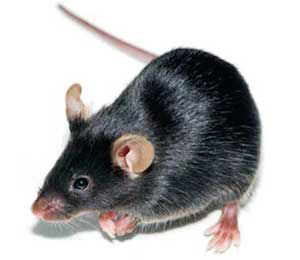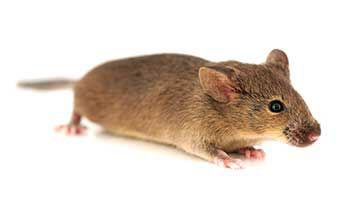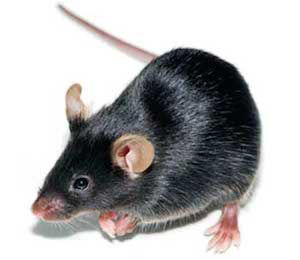Commonly referred to as APP/PS1 | Also known as: ARTE10, APP-PS1, APP/PSEN1, APP-PSEN1, Model 16347
The APP/PS1 (ARTE10) transgenic mouse model is a robust and highly translational tool for advancing Alzheimer’s disease research. Engineered on a C57BL/6 (B6) background, this model co-expresses human APP with the Swedish mutation and PSEN1 with the M146V mutation under the Thy1 promoter, leading to early and abundant β-amyloid plaque formation. With predictable onset and progression of amyloid pathology, low inter-animal variability, and high penetrance, APP/PS1 is ideal for evaluating amyloid-targeting therapies and imaging agents. Whether you're investigating disease mechanisms or testing therapeutic interventions, the APP/PS1 model offers the consistency and clinical relevance essential for preclinical neuroscience research.
















.jpg)

.jpg)
.jpg)
.jpg)
.jpg)





.jpg)


.jpg)
.jpg)




.jpg)




.jpg)

.jpg)
















